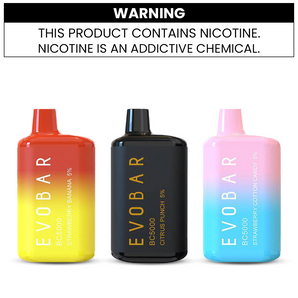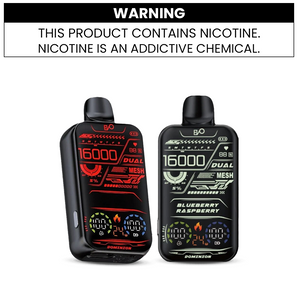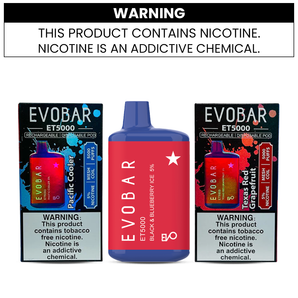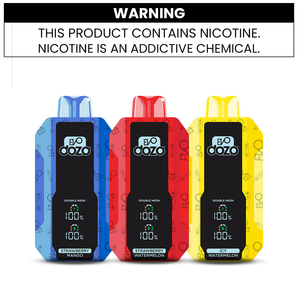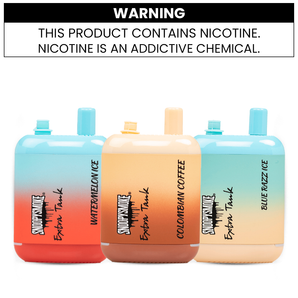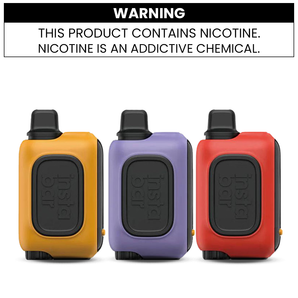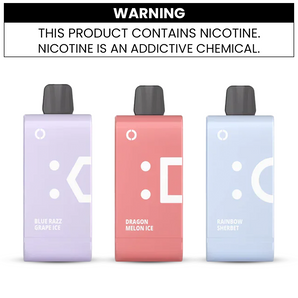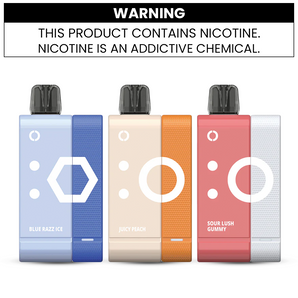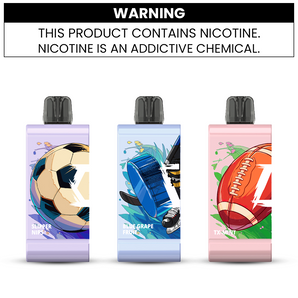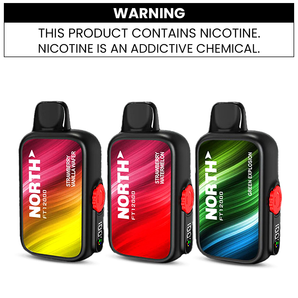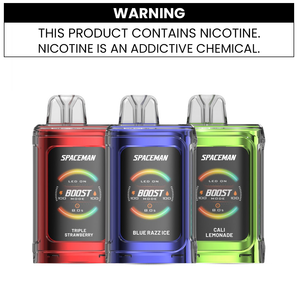What Are the 4 D’s of Quitting Smoking? A Proven Method to Overcome Cravings
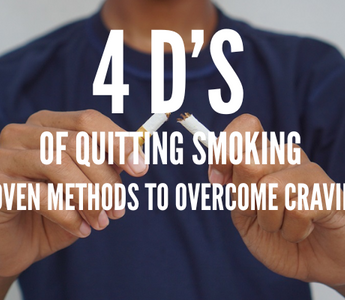
The decision to quit smoking is one of the best measures that any individual can take in efforts at long-term health. This is one of the most challenging things, though, for many. The habit is backed by a stronghold of nicotine and years of habit and feeling-related connections. Quitting, therefore, feels impossible. But with the right tools and a clear plan, it’s entirely possible.
Among the many methods developed by healthcare experts and behavior specialists, the "4 D's of Quitting Smoking" stand out for their simplicity, accessibility, and effectiveness. These four actions—Delay, Deep Breathe, Drink Water, and Do Something Else—offer a practical and science-backed way to manage cravings in real time.
In this blog post, we’ll break down each of the 4 D’s, explore why they work, and offer supporting strategies to help you (or someone you care about) successfully quit smoking for good.
Understanding Why Smoking Is So Hard to Quit
Before diving into the 4 D’s, it’s important to understand the nature of nicotine addiction. Nicotine, the main addictive substance in cigarettes, affects brain chemistry by stimulating the release of dopamine—the “feel-good” chemical. Over time, your brain links smoking to stress relief, concentration, or even social interaction.
This leads to psychological and physical dependence, creating cravings triggered by:
-
Certain times of day (e.g., morning coffee)
-
Emotional states (stress, boredom, anxiety)
-
Social cues (after meals, breaks at work, drinking alcohol)
-
Sensory triggers (smell of smoke, sight of others smoking)
The cravings are strongest during the first few days or weeks of quitting but tend to last only a few minutes at a time. If you can get through that short window without smoking, the urge typically passes—and that’s where the 4 D’s come into play.
What Are the 4 D’s of Quitting Smoking?
The 4 D’s offer simple and immediate techniques to manage those craving moments without giving in. Developed as part of many clinical cessation programs, they are:
1. Delay
The first "D" is to delay the act of smoking. When you feel the urge, tell yourself to wait at least 5 to 10 minutes before doing anything.
This pause gives you time to let the craving peak and fade—and most cravings do. It also allows your rational brain to re-engage before you act on impulse.
Why it works:
-
Breaks the automatic habit loop
-
Helps shift focus back to your quit-smoking goal
-
Allows your brain to consider a healthier coping style
Quick Tip: Set a time limit or tell yourself out loud, "I am going to wait 10 minutes," and then find something to do to distract yourself in those 10 minutes.
2. Deep Breath
Nicotine withdrawal is usually accompanied by stress and anxiety. Deep breathing exercises will also relax your body and improve clarity of thought.
-
Do this easy breathing technique.
-
Breathe in through your nose, and hold it for 4 seconds.
-
Exhale through your mouth for 6 seconds.
-
Repeat 4–5 times.
This technique increases oxygen flow to your brain and lowers your heart rate, providing a natural sense of relief—similar to the calming effect many smokers associate with lighting up.
Why it works:
-
Reduces anxiety and irritability
-
Activates the parasympathetic nervous system (relaxation response)
-
Diverts and reorients your thoughts
Pro Tip: Deep breathing is powerful when used with mindfulness or visualization practice.
3. Drink Water
Drinking water is cliché, but it can actually help in the following ways. Cold water cleans your mouth and throat, soothes the withdrawal effects, such as making the mouth dry, and keeps your hands occupied.
Sipping water through a straw also mimics the hand-to-mouth motion of smoking—helping to replace the physical habit. Some ex-smokers even report that chewing ice chips, drinking herbal teas, or using flavored water helps reduce cravings.
Why it works:
-
Replaces oral fixation
-
Cleanses your system of nicotine
-
Reduces irritability and restlessness
Bonus: Staying hydrated helps your lungs, skin, and body heal faster after quitting.
4. Do Something Else
Distraction is one of the most effective ways to ride out a craving. Doing something else redirects your brain and body from the craving to a new activity—ideally one that engages your hands or mind.
Here are some quick ideas:
-
Take a brisk walk.
-
Listen to a favorite song or podcast.
-
Do a short stretch or workout.
-
Call a supportive friend.
-
Tidy up your space.
-
Chew gum or munch on carrot sticks.
Why it works:
-
Breaks the association between trigger and action
-
Prevents you from sitting in the craving
-
Creates new, healthier habits
Pro Tip: Keep a “Quit Kit” with gum, mints, a stress ball, or a small hobby item you can reach for quickly.
Why These 4 D’s Are So Effective
The 4 D’s aren’t just practical—they’re backed by behavioral psychology and supported in clinical studies on smoking cessation.
They have solutions to both the physical and psychological aspects of nicotine dependence:
-
Slow Down: Tames the impulsive behavior
-
Deep Breath: This is a matter of managing the forceful withdrawal of emotions.
-
Consume Water: Alleviates physical effects.
-
Do Something Else: Wire new habit loops.
Used consistently, they can reprogram your response to cravings. Instead of reacting with a cigarette, you’re teaching your brain and body to cope with discomfort in healthier ways.
The 4 D’s in Real-Life Scenarios
Let’s see how the 4 D’s might be used in daily life:
-
At work break: Instead of reaching for a cigarette, walk around the block (do something else), sip water, and practice deep breathing.
-
After dinner: Delay brushing your teeth right away, and then chew gum or clean the kitchen.
-
During stress: Pause for a few deep breaths, drink cold water, and distract yourself by journaling or listening to calming music.
Such habits, repeated many times, create new circuits of the brain to help support a smoke-free identity.
Other Quit Tools That Work with the 4 D’s
The 4 Ds are perfect for dealing with cravings momentarily. Add other evidence-based tools to a comprehensive quit strategy created by combining them:
-
Nicotine Replacement Therapy (NRT)—gums, patches, lozenges
-
Mobile apps—such as QuitNow or Smoke Free for daily tracking
-
Behavioral therapy or coaching
-
Support groups or quitlines
-
Personal journaling and progress tracking
Using these tools in tandem creates a multi-layered support system that can dramatically increase your chances of success.
How Long Do Cravings Last?
Good news: Cravings don’t last forever.
While intense urges may occur frequently in the first 1–2 weeks of quitting, they generally fade within a few minutes if not acted on. Over the course of 1–3 months, cravings become less frequent and intense as your brain adjusts to functioning without nicotine.
Every time you use the 4 D’s instead of smoking, you’re retraining your brain—and reinforcing your smoke-free lifestyle.
Final Thoughts
Quitting smoking is a journey that requires courage, strategy, and support. The 4 D’s—Delay, Deep Breathe, Drink Water, and Do Something Else—offer a practical way to take control during the most difficult moments.
Simple enough to remember but powerful enough to make a difference, this approach has helped countless people through their quit journey—and it can help you too.
Whether you’re on your first attempt or your fifth, know this: every craving you overcome is a victory. Every smoke-free day is a step closer to the healthier, stronger version of you.
If you are interested to know more about how to switch from cigarettes to vaping: a complete guide to nicotine control.
Here is a complete list of the best disposable vapes of 2025, available at FlyingVape.com

